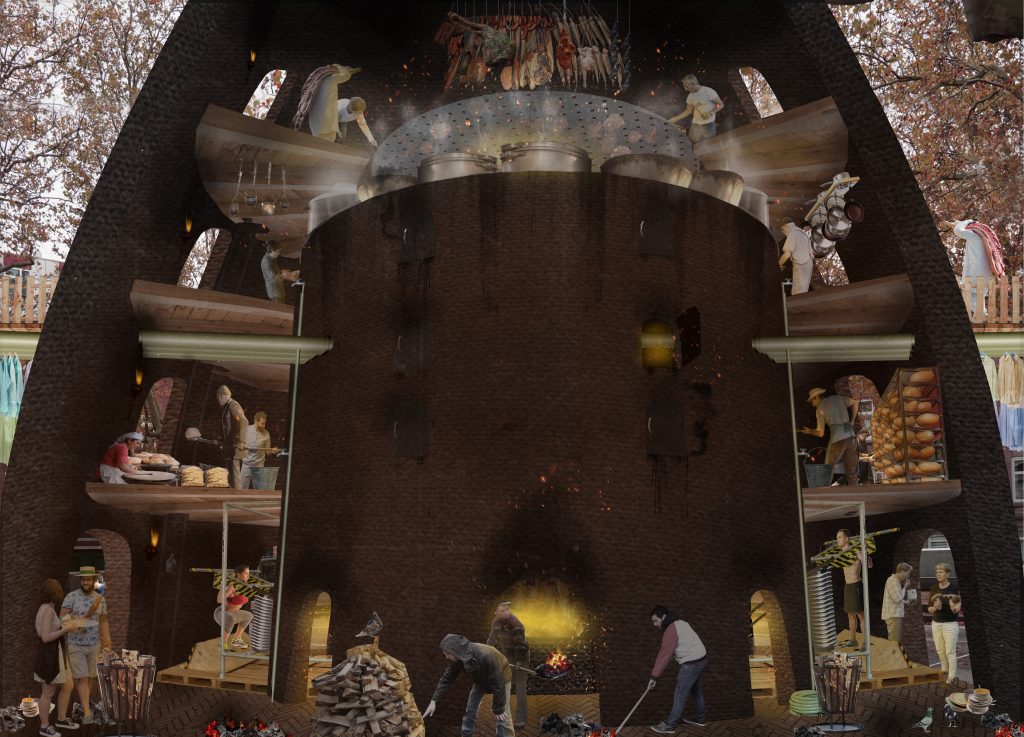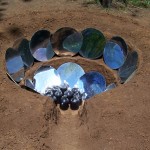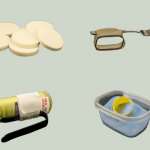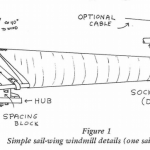Mathieu Maury sends us a link to a very interesting (and minimalist) website called Simplifier. From the about-page:
Why do I simplify? How did I get started? What is the goal of this website?
Before developing any other skill, I enjoyed programming. To some extent, I still do; each program is its own universe, built from scratch, and the ability to create these on a whim is fascinating. However, the more time I spent programming, the more I became aware of the fact that software depends on hardware, and hardware is constantly changing. A program is not like a book or a painting; it requires constant upkeep and adaptation to remain in existence.
Initially, this drove me to learn about hardware, so that I could develop a stable platform to build upon; but this too was futile. Components inevitably fail, and there is no guarantee that replacements will be available in the coming years or decades. Essentially, permanent work cannot be achieved on a computer, as the hardware is fundamentally out of the control of the user. No matter what world is created inside of a program, its foundation will always rest on sand.
At this point I left programming entirely, and began searching for other meaningful work to do; but the problem had followed me! No matter what skill I intended to learn, I found that its permanence had been eroded by the chaos of technology. Materials were replaced by brands, techniques replaced by accessories, and craftsmanship replaced by consumerism. Clearly, this was something that needed to be fixed. Clearly, this is what I had to do.
Fundamentally, my work here is about creating a stable foundation of technology that is reliable, understandable, and practical for an individual to build for themselves. As of writing this, I believe I have done this on a conceptual level, but I intend to continue this work to the highest level of technology that I can achieve on my own. I encourage readers to utilize anything here which they find practical for whatever purpose they see fit, and to consider adopting a mindset of simplification in projects of their own.








